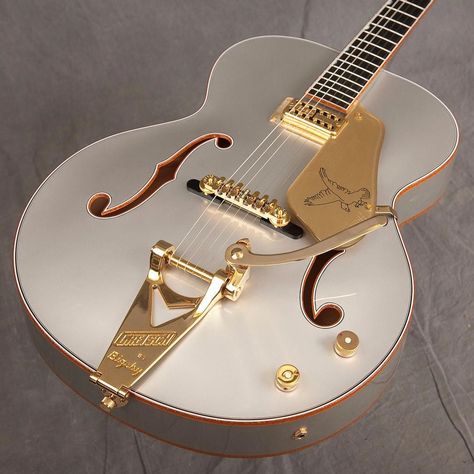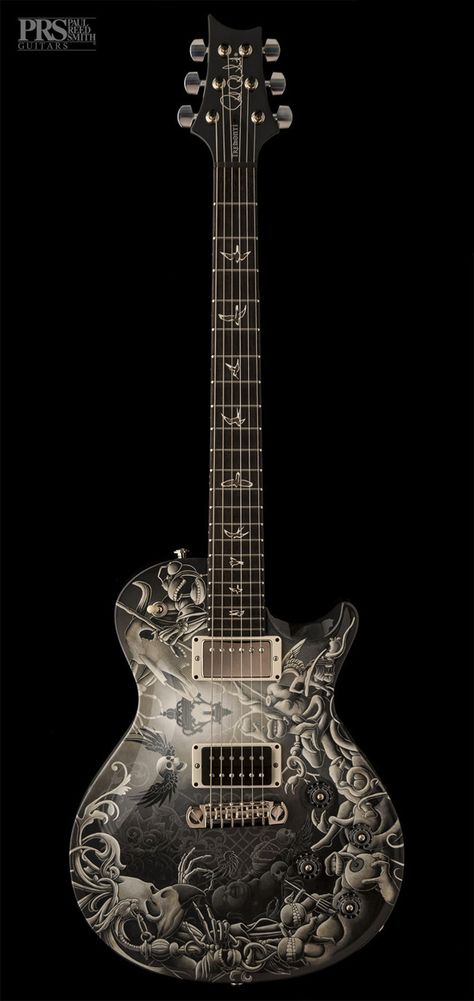Inverse Scales
This is an excerpt from my scales book.
You will occasionally see a scale that has the word “inverse” in its scale name. Some examples include:
- 186 –> Messiaen’s Truncated Mode 6 Inverse. (the number 186 refers to the scale number in the book. All 2048 scales are numbered)
- 205 –> Genus Primum Inverse.
- 381 –> Minor Romani Pentachord Inverse.
- 978 –> Messiaen Mode 5 Inverse.
- 1101 –> Leading Whole Tone Inverse.
- 1197 –> Major Inverse (Also called Phrygian scale)
- 1761 –> Messiaen Mode 6 Inverse.
An inverse scale is a scale you get as a result of reversing the order of the intervals that make up another scale. You reverse (or “inverse”) a scale when you switch the direction of the scale, maintaining the same interval pattern. Descending order of intervals becomes ascending order of intervals.
To explain this a different way: the ending intervals of one scale become the beginning interval pattern of another scale.
It’s important to note that inverse scales aren’t the result of just switching the order of the notes: we’re reversing the order of the spacing (interval) series that make up the scale. This is best understood with an example showing how inversion works.
Let’s take scale number 1197 from the above examples. When you forward through the book to scale formula number 1197, you’ll find out that this is the Phrygian scale.
As you can see in the list of scale names for scale number 1197, one of the scale names listed for that scale is: “major inverse”. The “major” in this scale name actually refers to “the major scale”.
In other words: when you follow the interval pattern that makes up a major scale, down from highest to lowest note, and then switch that interval pattern to ascending, you apparently get a Phrygian scale.
I know it is oftentimes tough to make sense of such explanations: till you see an example. It’s when you see an example that things usually click.
Let’s check it out:
The C major ascending scale is: C D E F G A B C
Inversion is what happens when I switch the direction of the scale. When I write this scale descending, or in other words from high pitch to low pitch:
C B A G F E D C (= descending C major scale)
Looking at those descending intervals, we get:
• 1 b2 (C down to B),
• b3 (C down to A),
• 4 (C down to G),
• 5 (C down to F),
• b6 (C down to E),
• b7 (C down to D)
And what do you know?
1 b2 b3 4 5 b6 b7 indeed IS the structure of the Phrygian scale.
Who would have guessed that you get a Phrygian scale when you invert the order of the major scale intervals? (And of course vice versa).
Here are the inversions of the major scale modes shown with W for whole step and H for half step.
Ionian & Phrygian
Ionian = 1 2 3 4 5 6 7 (8) (W W H W W W H), inverted becomes
H W W W H W W = 1 b2 b3 4 5 b6 b7 (8) = Phrygian
Dorian = Dorian
Yes, Dorian is what we call a Palindrome scale. (The book has a chapter covering all 52 palindrome scales).
Dorian = 1 2 b3 4 5 6 b7 (8) (W H W W W H W), inverted becomes the same thing
W H W W W H W = 1 2 b3 4 5 6 b7 (8) = Dorian
Lydian and Locrian
Lydian = 1 2 3 #4 5 6 7 = W W W H W W H, inverted becomes
H W W H W W W = 1 b2 b3 4 b5 b6 b7 (8) = Locrian
Mixolydian and Aeolian
Mixolydian = 1 2 3 4 5 6 b7 (8) = W W H W W H W, inverted becomes
W H W W H W W = 1 2 b3 4 5 b6 b7 (8) = Aeolian
Why is this cool stuff to know about? Why is this helpful, what’s the point?
Is this merely another case of “academics for the sake of academics” leading to some random info that is neither practical nor useful?
Good news: there is a lot of value in knowing about inverse scales.
When you think of the word “inverse”, you think of “backward”, or “opposite”.
As turns out: Inverse scales are basically “opposites” in feel, mood, atmosphere, vibe, emotion, and color.
Musicologists generally agree that, of the 7 modes of the major scale, that:
1) Lydian is the brightest, most open, happiest sounding of all the modes
2) Locrian is the darkest, moodiest sounding mode.
3) Dorian is the most emotionally balanced sounding.
4) Mixolydian sounds happy but thoughtful, contemplative
5) Aeolian sounds sad but not dark.
6) Ionian sounds happy, bold and confident, but has some dissonant duality (doubt, uncertainty…)
7) Phrygian sounds sad, dramatic, passionate, etc.
The following link I mentioned earlier; is a good read about this.
You can tell a lot about the differences in mood between modes, by looking at their formulas.
Below I listed the 7 modes organized from brightest to darkest. Notice the more flats in the formula (minor intervals), the darker the sound. This makes sense: the more flats in the formula, the more the intervals (that make up the scale) basically “cave in”, narrowing the distance with the starting note, creating a more claustrophobic, smaller, more introverted feel.
• Lydian: 1 2 3 #4 5 6 7 (Brightest)
• Ionian: 1 2 3 4 5 6 7
• Mixolydian: 1 2 3 4 5 6 b7
• Dorian: 1 2 b3 4 5 6 b7
• Aeolian: 1 2 b3 4 5 b6 b7
• Phrygian: 1 b2 b3 4 5 b6 b7
• Locrian: 1 b2 b3 4 b5 b6 b7 (Darkest)
Notice how the one palindrome scale (Dorian), the most balanced in mood, is perfectly in the middle of the list. Do you think that is a coincidence?
Cool Guitars
Shiny White Grey Gold

Space Alien Guitar

Sparkly Galaxy Paul

Special Trans Wood

Black PRS

Some fun memes I came across
Super Heroes

TAFKAP

Tax Refund

Conclusion
Hit me up anytime at vreny@zotzinmusic.com if you have any questions, or if you would like to book a lesson.
These free lessons are cool, but you will never experience the progress, joy, and results that my students experience in lessons when you’re learning by yourself from blogs and videos.
That is why people take lessons: way better results and progress, much more complete information, exposed to way more creative ideas than you can get from a blog or YouTube video.
There is only so much that self-study can accomplish.
If you want to see amazing results and progress in your guitar playing, buy your first lesson here and get started ASAP.
You’ll impress your friends and loved ones in no time with your guitar playing!
Consider donating any small amount to help me keep this blog going.
Thank you for your support!


